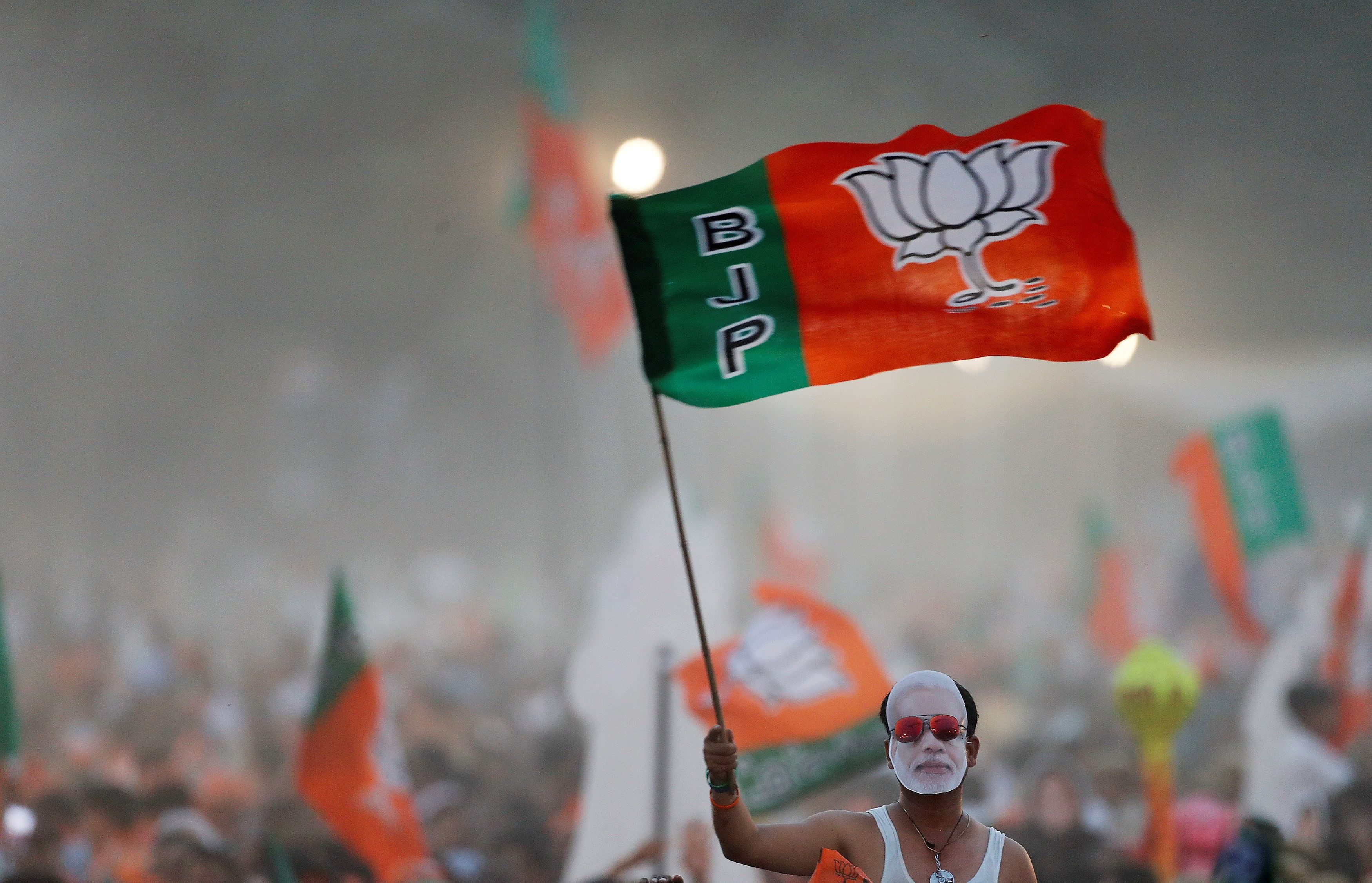
The Bharatiya Janata Party (BJP) had on April 10 tweeted an infographic by the Blavatnik School of Government at the University of Oxford on how governments around the world have responded to the novel coronavirus crisis. The BJP claimed that India had scored the top marks when it came to implementing composite measures to combat the pandemic.
The tweet further added that the highest score of any government response underlines the "Modi government’s proactiveness, seriousness and swiftness in implementing effective lockdown".
The Blavatnik School of Government replied to the tweet today, saying that score was for the number of and strictness of government policies as a response to the pandemic and the stringency index should not be interpreted as a measure for "appropriateness or effectiveness of a country’s response". The tweet added that there are no marks for appropriateness of action.
The Blavatnik School of Government at the University of Oxford brought out the COVID-19 Government Response Tracker on March 25, 2020. The Government Response Tracker measures government responses around the world and assigns a score in a common stringency index. The index gives a method to quantify and explore how various governments around the world have responded to the pandemic.
The information from the stringency index is meant for researchers to study whether stricter measures affect the infection rate in a nation and why governments respond with the strictness they do.
The data for the tracker is collected from publicly available information by Oxford academics and students from around the world. The data collected to make the stringency index in the Government Response Tracker includes 11 parameters such as school closures, public transport closures, international travel closures, investment in vaccines and fiscal and monetary measures among others.
The index cannot tell the full story, said Thomas Hales, associate professor at the University of Oxford and lead of the Government Response Tracker project. Hales said that he believes that the data they have collated may help public health professionals and researchers study the robustness of responses by various governments around the world. He added that he hopes this data and the tracker would help people understand what measures have been effective and why.
